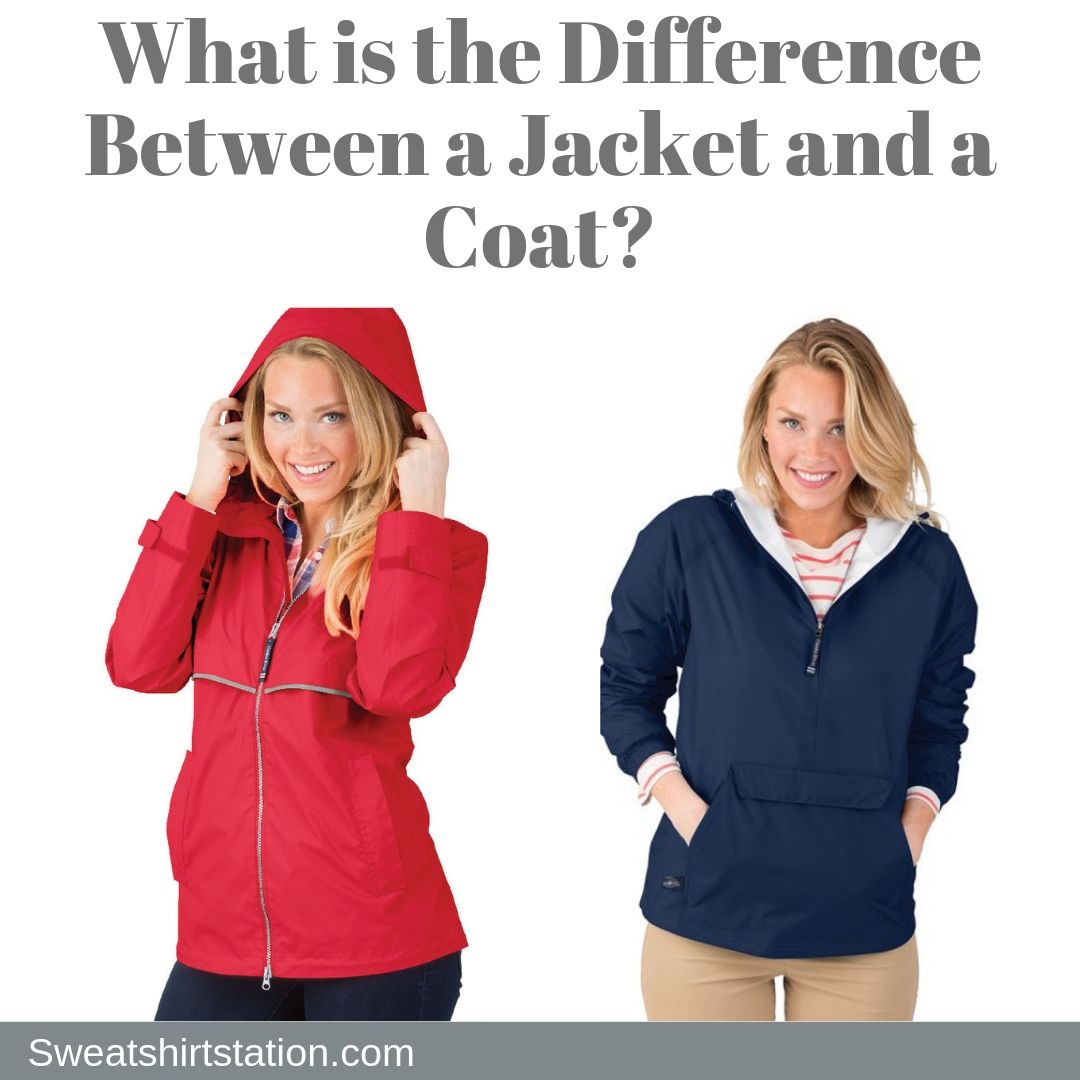What is the Difference Between a Jacket and a Coat?
Human apparel has a diversity of origins and style differences and with that diversity and style differences comes a variety of nomenclature that can cause confusion and even cross-naming of some articles of clothing. For example, some sites will in part define a jacket as an outerwear garment that “extends to the level of the stomach”, while others will define it as an outerwear garment that “extends to the level of the hip or waist.” However, each of these three anatomical structures, the stomach, the hip, and the waist are quite different anatomically and each positioned at different “levels” on the human body.
- The stomach is positioned immediately adjacent to the liver and mostly covered by the ribcage
- The waist is defined as the level of the umbilicus (belly button) or the area of narrowest width between the ribcage and upper pelvis area
- The hip is the lowest positioned anatomical structure of the three and is located slightly above the pubic bone and lower than the belly button.
So, how do you distinguish the difference between a jacket and a coat? Using these often-referenced anatomical structures allows us to properly differentiate between a jacket and a coat, as the most evident distinguishing feature is the length of the garment as well as the degree of warmth it provides.
- A jacket is an outerwear (worn outdoors) garment used for protection, comfort, warmth and/or fashion. A jacket is typically lightweight, opens down the front, has sleeves and extends from the neck area to the waist or slightly below, and in some cases to the level of the hips. Because of the typical lighter weight and thickness of a jacket in comparison to a coat, it is usually intended for use during the fall or spring seasons. Remove the sleeves from a jacket and you have a vest.
- A coat is an outerwear (worn outdoors) garment also used for protection, comfort, warmth and fashion, is typically constructed of heavier and thicker material, opens down the front, has sleeves, and extends from the neck area to the mid-thigh area or even as low as to the lower leg/ankle level. Because of the heavier weight and thickness of a coat in comparison to a jacket, it is usually intended for use during the winter months.
Even in the descriptions between a jacket and a coat, it is easy to see that there could be a variety of different settings in which the individual garments could be worn. A jacket can be stylish dressing for a casual event such as when attending an outdoor party, a friends night out event to the market, fair, carnival, concert or another outdoor venue where style is important as well as providing a degree of warmth. A coat’s prime purpose is typically to provide warmth and protection against the elements.
Are there other similar outerwear garments that have some distinguishing features that give them a name different from coat or jacket?
Parkas are another outwear garment used for the same purposes as a coat, has similar features to both the jacket and coat, yet have a few different features. Those features are:
- Parkas will often have more pockets than a jacket and those pockets may be of varying styles instead of a common theme or style of all pockets.
- The silhouette and style of a parka is designed to accentuate the human form, especially in women’s coats, and provide a more powerful style fashion statement.
It should be noted that the origins of the parka has military, hunting, and survival associations dating back to indigenous tribes and mountain man usage.
Are there different types or styles of jackets?
There are literally dozens of different styles or types of jackets that it can become very confusing trying to distinguish between them all. In fact, there are some differences in the types of jackets between males and females. This article cannot discuss all the different types or styles of jackets that are out there, but here are a few jacket categories for consideration:
- Bomber or flight jacket (of military origin)
- Technical jacket (technological innovations for weather protection)
- Denim (iconic and durable wear of the trucker and man’s working jacket)
- Rainwear (protection from rain – waterproof or water-resistant)
- Pack-N-Go (front pouch for packing on the go)
- Fleece (comfort and multi-seasonal transitional and layering garment)
- Activewear (bulk-free and a greater range of motion allowance)
- Polos (loose-fitting and casual)
- Sweatshirts (relaxed fit, ease of motility, transitional layering piece)
- Workwear (ideal for emergency service, construction, and on-the-job professionals)
- Motorcycle (iconic leather jacket)
In conclusion, the arena of jackets and coats is vast and often difficult to navigate as far as the nomenclature used and the individual differences for which a jacket is intended. However, jackets are designed to meet the myriad of individual needs associated with protection, comfort, warmth, fashion, and functionality.


